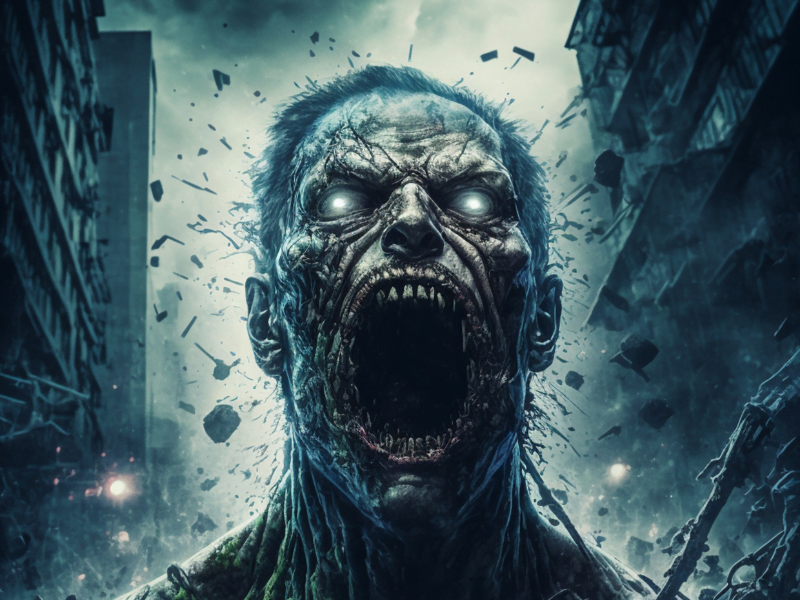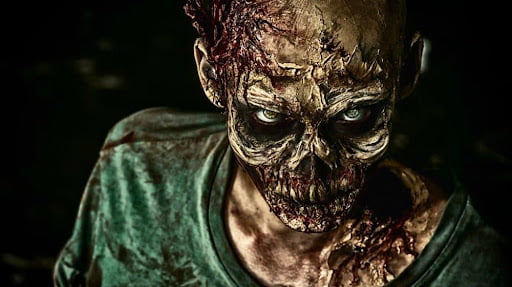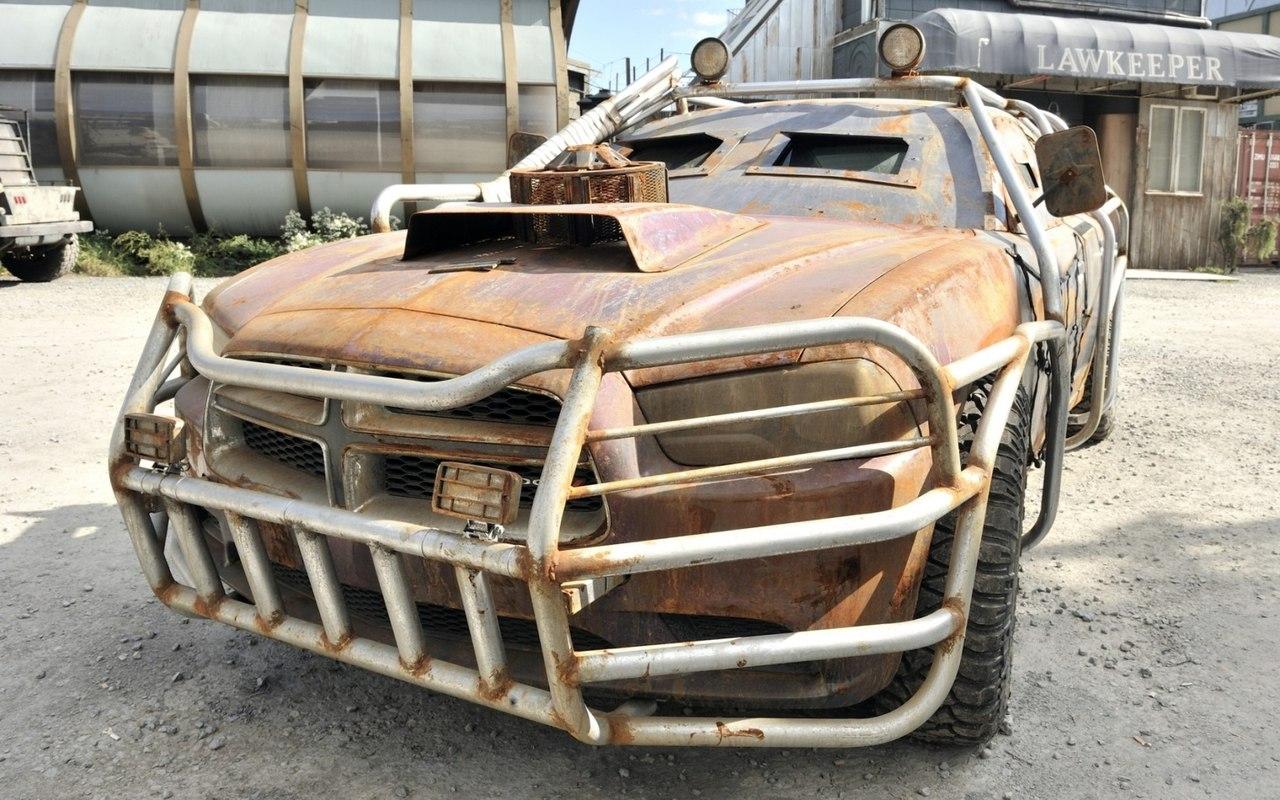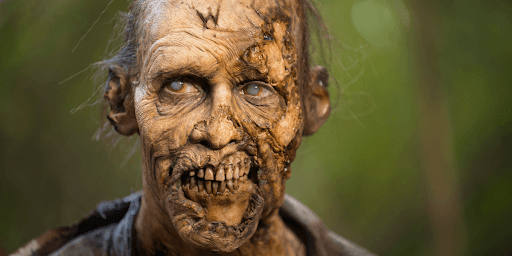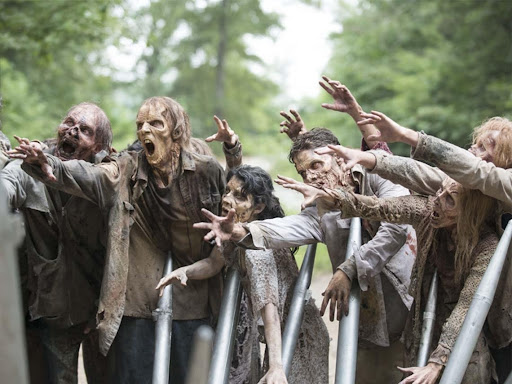A zombie is a fictional creature often depicted in popular culture as an animated corpse that has been reanimated through supernatural or scientific means. Zombies are typically portrayed as mindless beings with a relentless craving for human flesh or brains, so we ask how to cure the zombie virus?
In the realm of fiction, there is no one definitive cure for zombies, as it often depends on the specific lore or universe in which they exist.
However, there are several common approaches that have been depicted. lets find out if they stay undead.
What is a Zombie, and What Would Cure It?
Medical Solutions: In particular fictional universes, scientists and researchers may work towards finding a cure by developing vaccines, antidotes, or other medical treatments to reverse the zombification process. This often involves understanding the cause of the infection and developing a specific countermeasure.
Magic or Supernatural Cures: In some fictional settings, magic or supernatural means may be used to cure zombies. These methods could involve powerful spells, rituals, or ancient artifacts.
Exploring the Science Behind Curing Zombies
- Identify the Cause: To develop a cure, scientists must first understand the cause of zombification. This could involve studying the virus, pathogen, or any other agent responsible for reanimating the dead. Research would analyze its structure, transmission mode, and how it affects the body.
- Neutralize the Agent: Once the cause is identified, scientists aim to neutralize or destroy the agent responsible for zombification. This could involve developing antiviral medications, antibodies, or other treatments that specifically target and eliminate the pathogen from the body.
- Reverse Cellular Damage: Zombies often exhibit severe cellular damage and decay. A potential cure might involve developing techniques to reverse this damage and restore the functionality of affected tissues. This could apply regenerative medicine approaches, such as stem cell therapy, to repair and replace damaged cells.
- Restore Neural Function: Zombies are typically depicted as mindless creatures with limited cognitive abilities. A cure would require finding ways to restore normal neural function and repair any damage to the brain. This could involve developing neuroprotective drugs or advanced techniques like neural regeneration or brain-computer interfaces.
- Behavioral Modification: Once the physical aspects are addressed, scientists must develop methods to modify and restore normal behavior in formerly zombified individuals. This could involve psychological therapies, cognitive rehabilitation, or pharmacological interventions to help reestablish their mental and emotional functioning.
Can Regenerative Medicine Reverse Cellular Damage In Zombies?
Stem Cell Therapies: Stem cells have the potential to differentiate into various cell types and could be utilized to replace damaged or decayed cells in zombies. In this scenario, stem cells could be injected or implanted into the affected tissues to promote regeneration and restore normal cellular function. Tissue engineering involves creating functional tissues by combining cells, scaffolds, and growth factors. In the case of zombies, someone could use tissue engineering techniques could be employed to generate new tissues and organs to replace the damaged or decayed ones. This could involve growing artificial skin, muscle tissue, or even entire organs for transplantation.
Gene Therapy: Gene therapy involves introducing specific genes into cells to correct genetic defects or enhance cellular function. In the context of zombies, gene therapy could be used to introduce genes that promote cell regeneration, suppress cellular decay, or trigger repair mechanisms in damaged tissues.
Nanotechnology: Nanoscale devices or particles could be used to deliver therapeutic agents directly to the damaged tissues of zombies. These nanomaterials could release growth factors, repair enzymes, or other regenerative substances to stimulate cellular repair and reverse damage.
Bioprinting: Bioprinting is a technology that allows the precise fabrication of three-dimensional tissues and organs using a layer-by-layer approach. In the case of zombies, bioprinting could be employed to create custom-made tissues or organs that match the specific needs of the individual, facilitating the regeneration process.
The Potential for Curing Zombies Through Technology & AI
- Neurological Restoration: Advanced technology and AI could be utilized to repair and restore the neurological functions of zombies. Nanobots or neuroprosthetic devices could be developed to improve damaged neural pathways, stimulate neuronal activity, and restore cognitive abilities.
- Behavioral Reprogramming: AI systems could be employed to analyze the behavioral patterns of zombies and develop algorithms to reprogram their actions and impulses. AI could help modify and redirect those signals to more desirable behaviors by understanding the neural pathways associated with aggression and hunger.
- Viral Countermeasures: Using AI to analyze the structure and behavior of the zombification agent, scientists could develop AI-guided antiviral treatments or gene therapies to target and neutralize the virus responsible for the transformation. AI algorithms could aid in the design of specific viral inhibitors or antiviral drugs.
- Robotic Assimilation: In a more extreme scenario, AI-driven robotics could be employed to transfer a zombie’s consciousness or remaining human essence into a robotic body. This would involve scanning the brain and replicating its functions within a mechanical framework, giving the zombie a new, non-biological form.
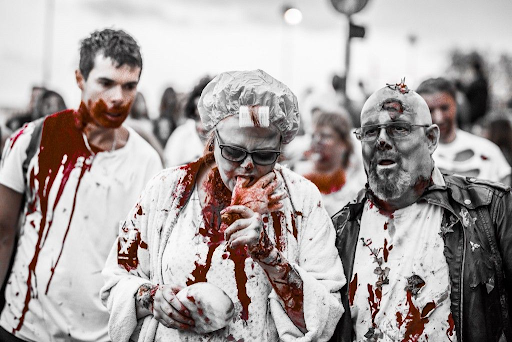
What Does Popular Culture Tell Us About Curing Zombies?
Popular culture has explored various approaches to curing zombies in imaginative and entertaining ways. While these depictions are fictional, they provide insight into zombie narratives’ creative ideas and themes.
Many zombie narratives depict scientists and researchers striving to find a cure through medical means. They often experiment with vaccines, antidotes, or other pharmaceutical interventions to reverse the effects of zombification. These stories emphasize the importance of scientific inquiry and the quest for a medical solution.
Curing zombies involves morally complex decisions in some narratives. Scientists may resort to experimenting on live zombies or even sacrificing human subjects to develop a cure. These stories raise ethical questions about the boundaries of scientific experimentation and the value of individual lives.
Zombie narratives often feature heroic characters who embark on quests to find a cure. These protagonists may possess unique skills or knowledge that distinguish them from others. They become symbols of hope and resilience, representing the human spirit’s determination to overcome the zombie threat and restore normalcy.
In certain narratives, the cure for zombies may involve paranormal or supernatural elements. These stories incorporate elements of mysticism and mythology into the search for a cure. Ancient artifacts, magical spells, or divine intervention are sometimes depicted as the key to ending the zombie menace.
Zombie stories frequently explore societal dynamics and political structures in the face of a zombie outbreak. The quest for a cure becomes entwined with themes of power, survival, and the breakdown of social order. These narratives offer commentary on human nature and the potential for unity and division in times of crisis.
While the specific methods and outcomes of curing zombies in popular culture vary, these narratives often reflect broader human concerns and aspirations. They can serve as metaphors for existential threats, explore moral and ethical dilemmas, and highlight the resilience of humanity in the face of adversity.
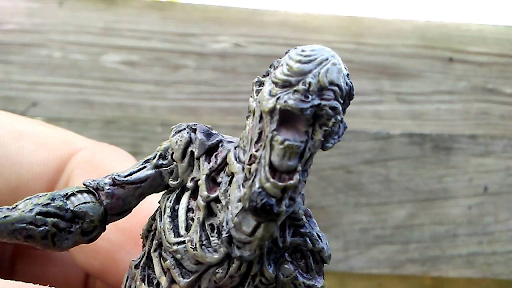
Conclusion
The concept of zombies primarily resides within fiction, where various imaginative approaches to their cure have been explored. However, it’s important to note that these fictional scenarios are purely speculative and do not reflect the capabilities or limitations of real-world science. In reality, zombies do not exist, and no scientific evidence suggests their existence or the possibility of curing them.
Zombies, as depicted in popular culture, are typically portrayed as reanimated corpses with irreversible damage to their bodies and brains. Their condition is often attributed to supernatural or fictional causes that are not subject to actual scientific study or intervention.
Therefore, there is no basis for discussing the potential cure or permanent reanimation of the dead.
The concept of zombies and their associated cures remain confined to works of fiction and serve as imaginative elements in storytelling, movies, books, and other forms of entertainment.
It’s crucial to differentiate between the realm of fiction, where zombies can be explored as imaginative creatures, and the realm of reality, where scientific principles and evidence guide our understanding of the world.
